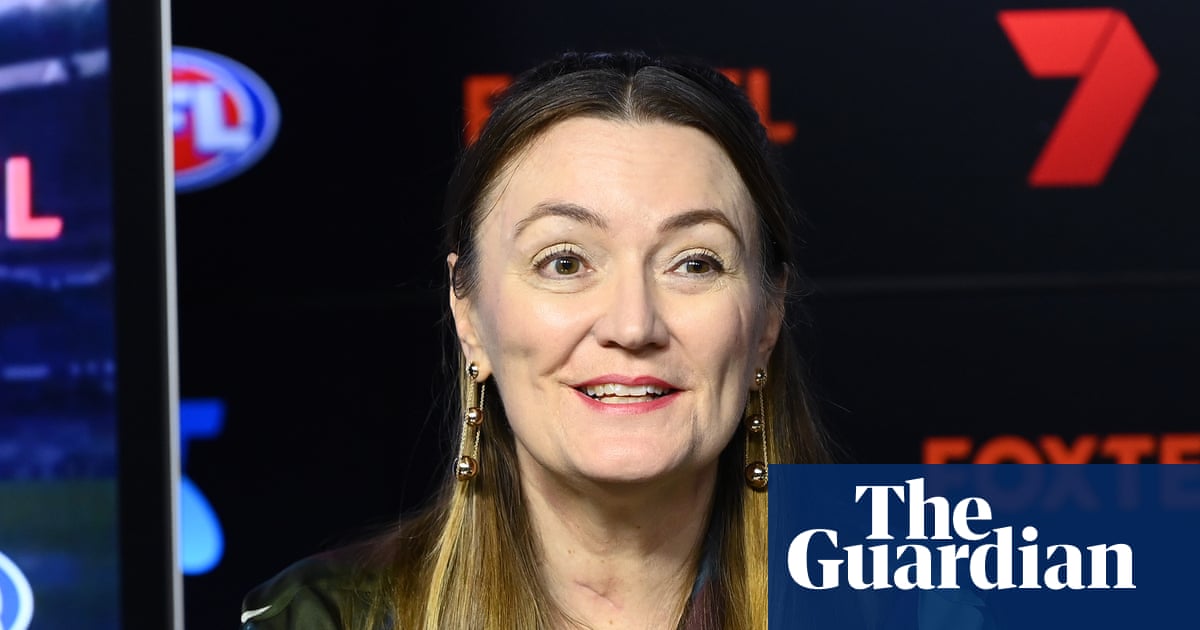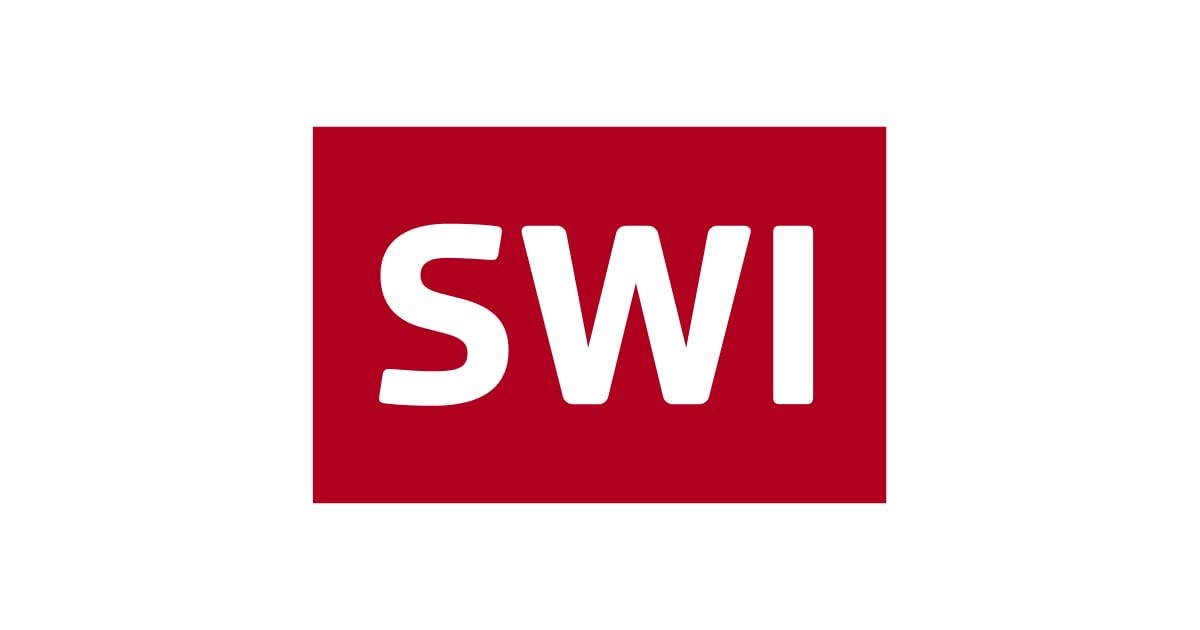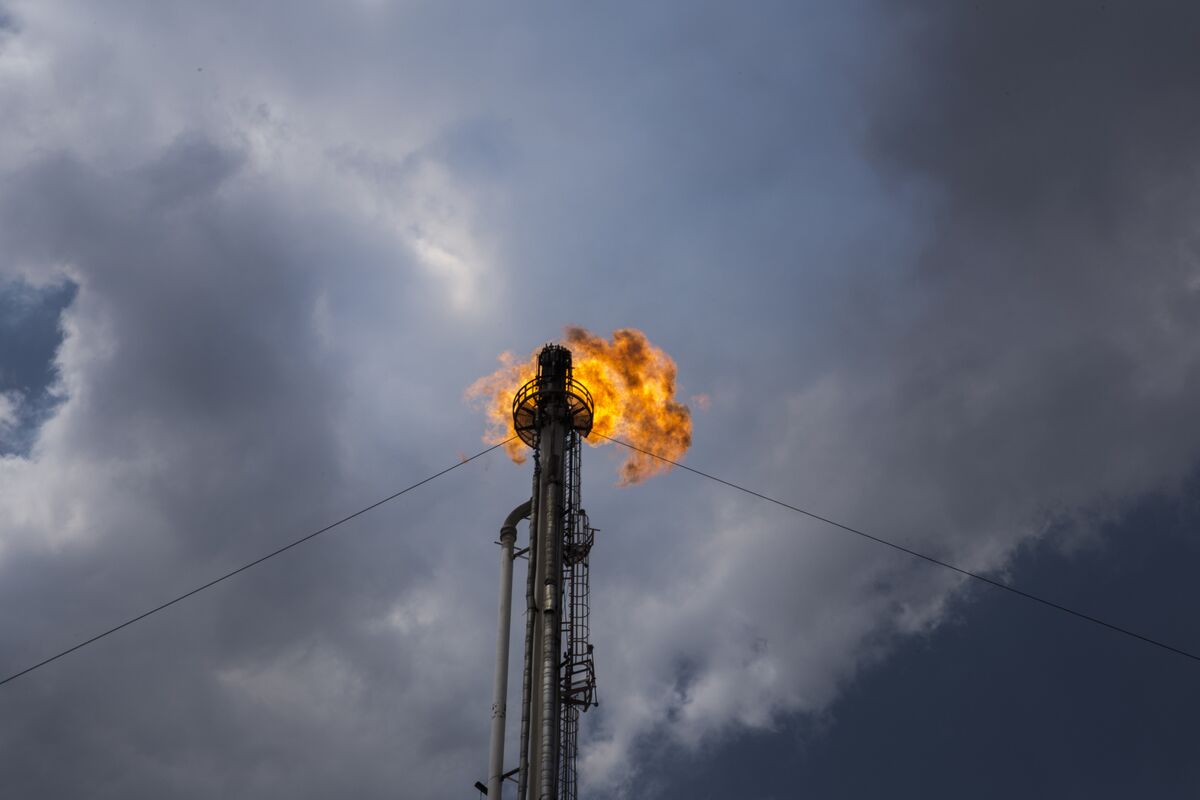Lachlan Murdoch’s top adviser – News Corp’s Australian broadcasting chief Siobhan McKenna – has resigned from the company following the sale of the Foxtel Group to global sports streaming service DAZN.
As chief executive of broadcasting for News Corp, McKenna’s role had significantly diminished after the pay TV and streaming business, which includes Kayo, Binge and Hubbl, was sold to the European broadcaster in April.
A former partner at McKinsey & Company, McKenna was Murdoch’s key adviser in the epic family trust case, which saw him take control of his father’s global media empire and secure the future of the Australian stable of newspapers, magazines and news channels.
The 53-year-old businessperson was heavily involved in the negotiations with Rupert Murdoch’s three “objecting children” in the Nevada court case, which was settled in the US last month. The three oldest siblings received an estimated US$1.1bn each for their shares in the business.
McKenna will leave the company at the end of the year, staff were told by News Corp’s global chief executive, Robert Thomson, in an email on Thursday morning.
“Her decision, and it is her decision, is essentially epochal as Siobhan has been a transformational force during her years with News Corp,” Thomson said.
“The word ‘visionary’ is often abused, but not in Siobhan’s case, as her ability to perceive the future from the haze-shrouded shapes on the horizon is nonpareil. She is irreplaceable.”
McKenna and Lachlan set up the private investment company Illyria 20 years ago, having both great success with Nova Entertainment and significant losses when he took over the Ten network in 2012 before it went into voluntary administration in 2017.
The Albanese government appointed McKenna as chair of Australia Post in 2022, citing her commercial, strategic, digital and technology experience.
Thomson said McKenna navigated Sky News Australia and Foxtel through a “treacherous tech landscape” and made them into “global success stories”.
“The worth of Foxtel was instinctively appreciated by the global leader in sports streaming, DAZN, which recently acquired the company, and with whom we have an ongoing partnership,” he said.
“Sky was transformed from a traditional broadcaster to a digital powerhouse whose efficacious impact stretches far beyond the borders of Australia. The success of both companies marks a profound turning point for our company and a professional inflexion point for Siobhan.”
Lachlan is the chair of News Corp, the parent company of more than two dozen publications including the Wall Street Journal, The Times and the New York Post, after he succeeded his father in 2023 and executive chair and CEO of Fox Corporation.











